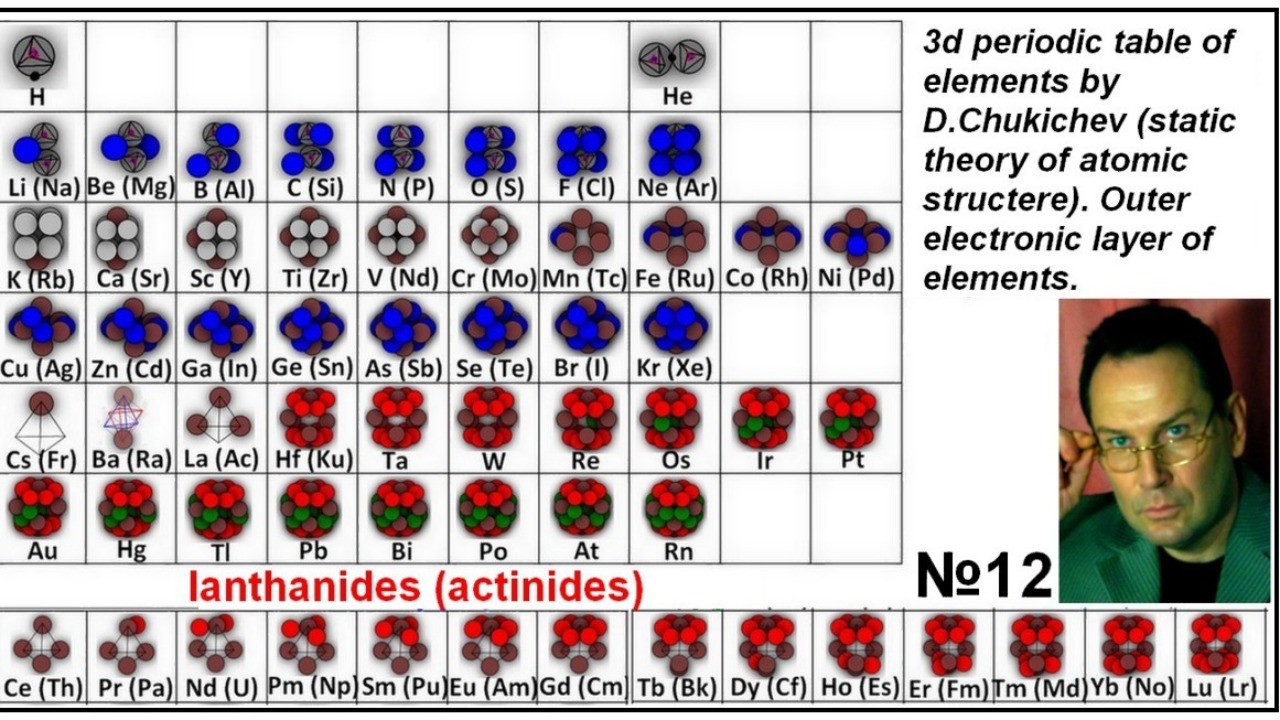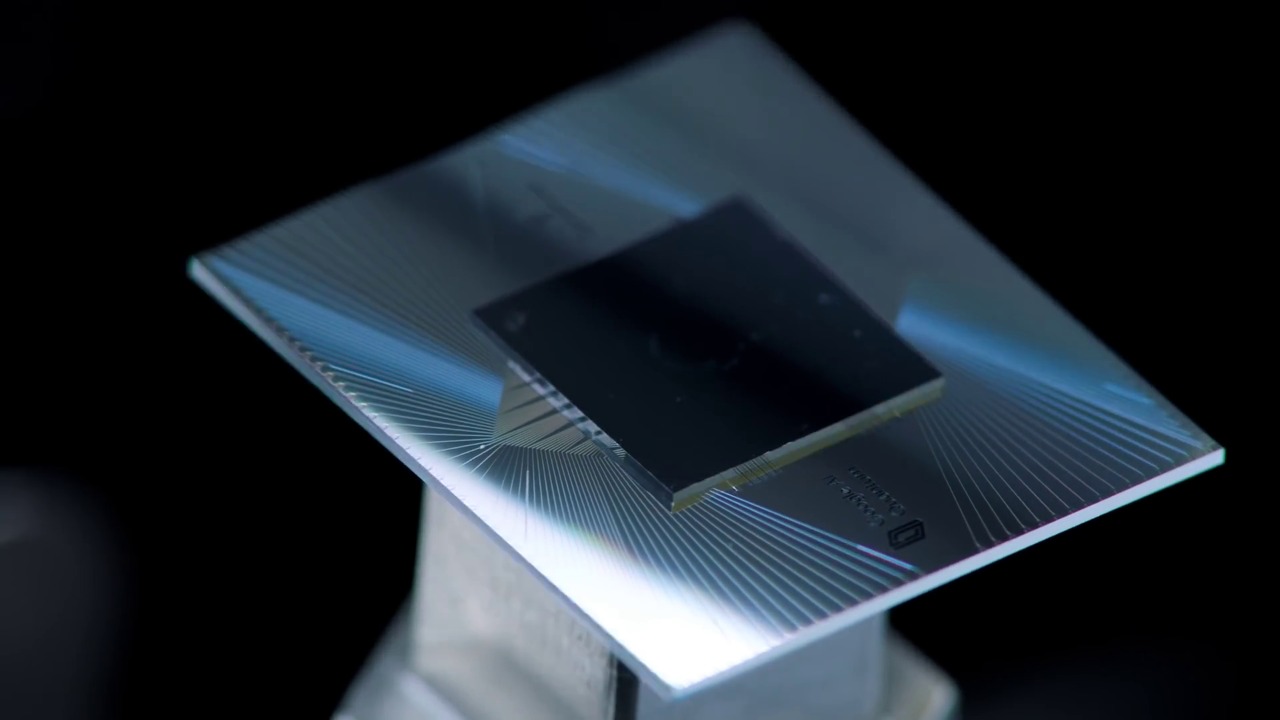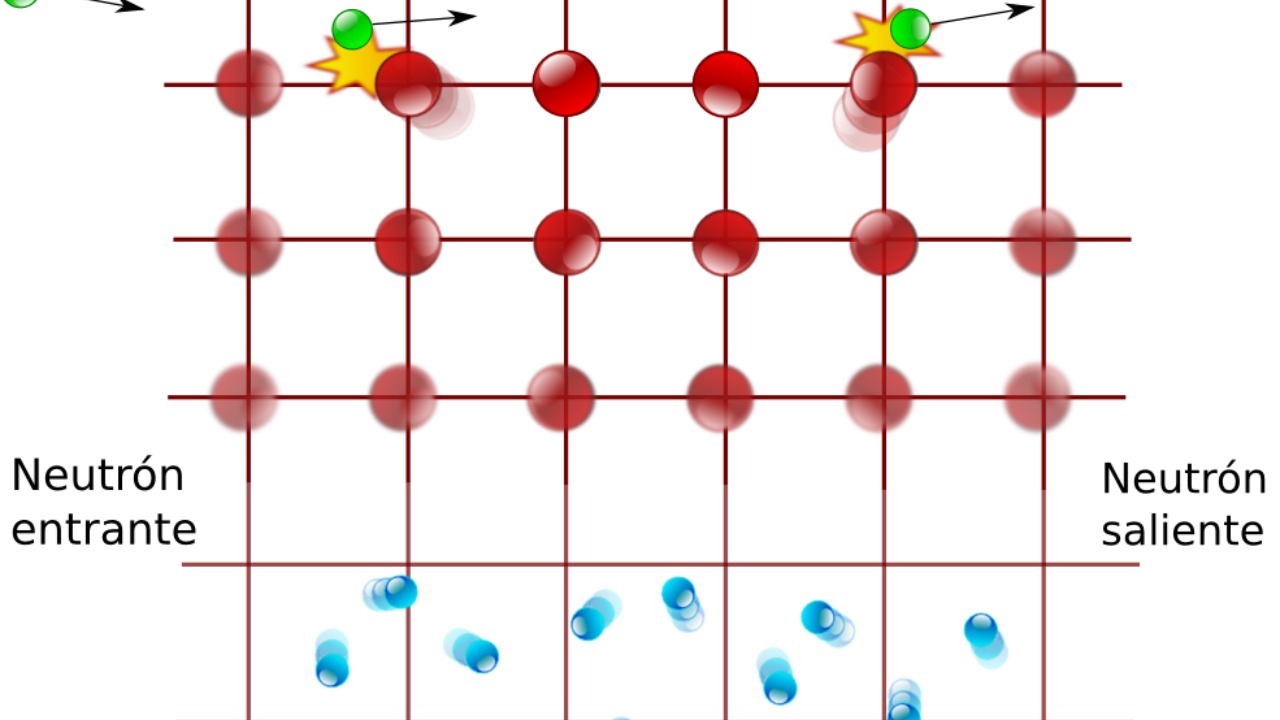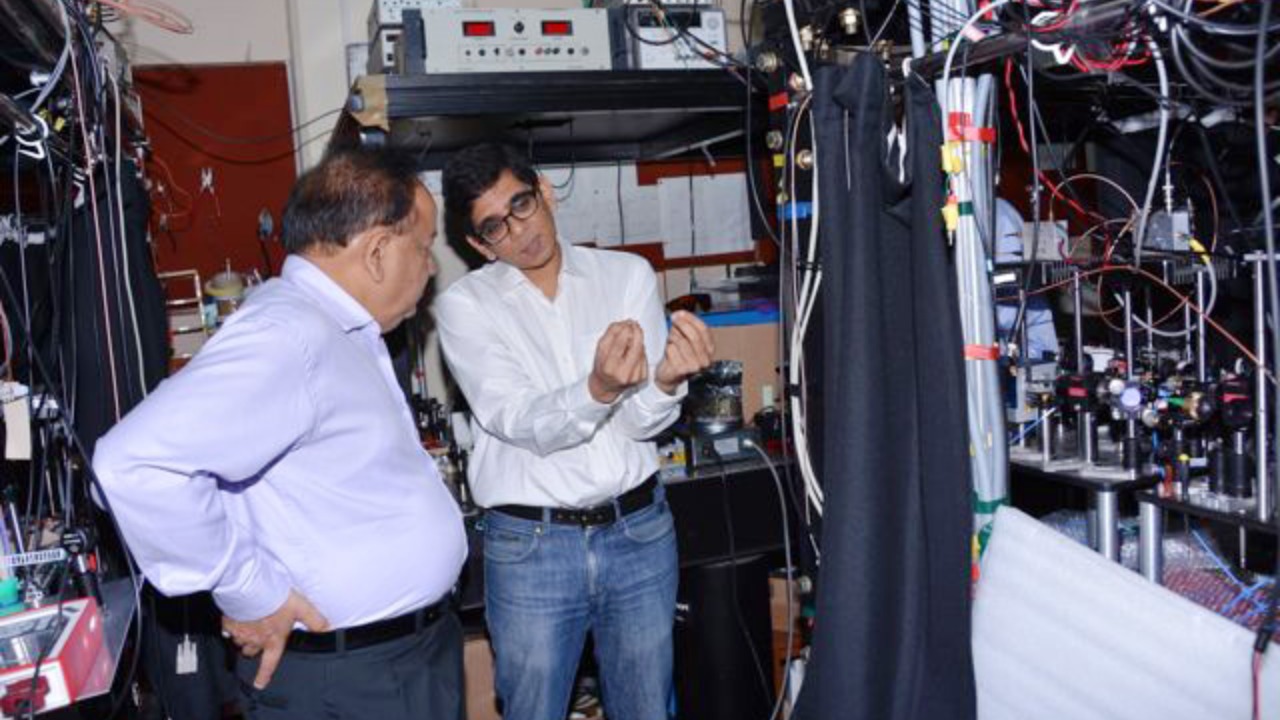
In October 2025, scientists introduced quantum crystals as a groundbreaking blueprint poised to revolutionize computing and chemistry. This innovation, spearheaded by researchers at Argonne National Laboratory, integrates atomic-scale advancements to forge a sustainable technological future. The development builds on a unique error-free qubit design, which traces its roots back to overlooked research from the 1990s. Additionally, AI-driven microchip advancements earlier this year have further propelled these material breakthroughs, promising significant strides in quantum systems.
Understanding Quantum Crystals

Quantum crystals represent a fundamental shift in material science, characterized by their atomic blueprint that facilitates coherent quantum states crucial for computing applications. These crystals stand apart from traditional materials due to their ability to stabilize qubits, a feat achieved through designs inspired by forgotten research from the 1990s. This stabilization is critical for maintaining the integrity of quantum information, which is notoriously susceptible to errors and decoherence. The atomic-level precision of these crystals ensures that qubits can operate with minimal error, enhancing the reliability of quantum computations (SciTechDaily).
Algorithmic breakthroughs have played a pivotal role in the design and simulation of these quantum crystals. By leveraging advanced algorithms, scientists can predict and optimize the material properties necessary for sustaining quantum states. This approach not only accelerates the development of quantum technologies but also opens new pathways for creating materials with unprecedented capabilities. The synergy between algorithmic innovation and material science is paving the way for sustainable technologies that could transform industries ranging from computing to energy (SciTechDaily).
Advancements in Quantum Computing

The integration of quantum crystals into microchip technology marks a significant advancement in quantum computing, driven by AI innovations reported in January 2025. These advancements aim to enhance computational efficiency by incorporating quantum crystals into the architecture of microchips. The result is a more robust and scalable quantum computing platform that can handle complex calculations with greater speed and accuracy. This integration is a testament to the potential of AI to drive technological progress and reshape the landscape of computing (World Economic Forum).
Argonne National Laboratory has provided a comprehensive blueprint for a robust quantum future, focusing on scalable qubit architectures. This blueprint outlines strategies for overcoming the challenges associated with qubit scalability, a critical factor in realizing practical quantum computers. By addressing these challenges, researchers are laying the groundwork for quantum systems that can operate at scale, bringing us closer to the realization of quantum supremacy (Argonne National Laboratory).
The potential of error-free qubits, inspired by designs from the 1990s, is particularly promising for enabling practical quantum computers. These qubits offer a solution to the problem of decoherence, which has long been a barrier to the development of reliable quantum systems. By reducing errors, these qubits could significantly enhance the performance and reliability of quantum computers, making them viable for a wide range of applications (Live Science).
Transforming Chemical Simulations

Quantum crystals are also poised to revolutionize chemical simulations, offering a blueprint for discovering new catalysts and materials. By facilitating precise modeling of chemical reactions, these crystals enable researchers to explore new chemical processes with unprecedented accuracy. This capability is crucial for developing sustainable technologies and discovering new materials that can address pressing global challenges, such as energy efficiency and environmental sustainability (Phys.org).
Atomic-scale simulations, unlocked by algorithmic breakthroughs, are key to predicting sustainable chemical processes. These simulations allow scientists to explore the behavior of materials at the atomic level, providing insights into their properties and potential applications. This approach not only accelerates the discovery of new materials but also enhances our understanding of chemical processes, paving the way for innovations in fields such as energy storage and conversion (SciTechDaily).
The synergy between quantum crystal designs and AI-enhanced microchips is accelerating drug discovery and material synthesis in chemistry. By combining the precision of quantum crystals with the computational power of AI-driven microchips, researchers can simulate complex chemical interactions with greater accuracy and speed. This integration is transforming the field of chemistry, enabling the rapid development of new drugs and materials that can address a wide range of health and environmental challenges (World Economic Forum).
Challenges and Pathways Forward

Despite the promising potential of quantum crystals, several challenges remain in scaling their fabrication. Argonne’s blueprint addresses these challenges by outlining strategies for overcoming material instability, a key barrier to the widespread adoption of quantum crystals. By developing robust fabrication techniques, researchers aim to produce quantum crystals at scale, making them accessible for a wide range of applications (Argonne National Laboratory).
Integration hurdles with existing qubit technologies also pose a challenge, particularly in adapting 1990s error-free designs for modern systems. These designs, while promising, require careful adaptation to ensure compatibility with contemporary quantum architectures. By addressing these integration challenges, researchers can unlock the full potential of error-free qubits, paving the way for more reliable and efficient quantum systems (Live Science).
Looking ahead, continued algorithmic advancements in crystal design are expected to have a profound impact on sustainable technologies. By refining the algorithms used to design and simulate quantum crystals, researchers can develop materials with enhanced properties that address critical global challenges. This ongoing innovation is essential for driving progress in fields such as energy, computing, and chemistry, ultimately contributing to a more sustainable and technologically advanced future (SciTechDaily).